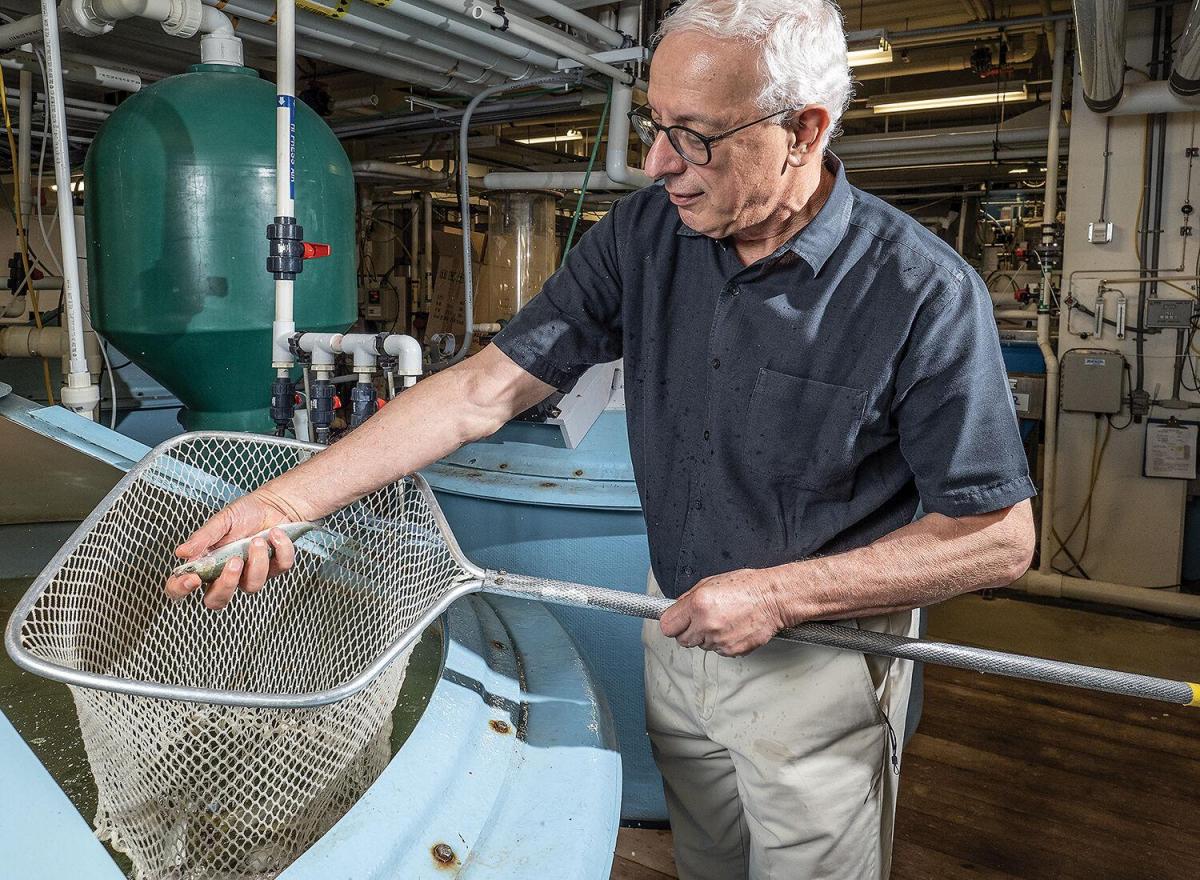
The Easton Planning and Zoning Commission recently completed a comprehensive examination and revision to the town’s zoning code.
The Easton Town Council will have a public hearing on the draft zoning code at 5:35 p.m. Tuesday, July 6, in the council meeting room at 14 S. Harrison St. in Easton.
The planning commission has highlighted the following as “the most significant proposed changes” in the proposed zoning code:
1. A revised Planned Unit Development (PUD) Chapter. Currently there is one process and set of standards/criteria for any proposed PUD, regardless of type or context of the development proposal. The new DRAFT Code proposes to distinguish three types of PUDs, with standards unique to each development scenario. The three PUD subtypes are PUD – General, PUD – Infill, and PUD – Redevelopment. The intent of this change is to move away from a “one size fits all” PUD for any development type to three slightly different types corresponding to specific development scenarios, with corresponding review processes and development standards believed to be more appropriate to each scenario. A primary goal of this change is to facilitate more infill and redevelopment projects.
2. A revised Sign Regulations Chapter. In addition to a general reformatting of this chapter, provisions for temporary signs are extensively and significantly revised to comply with a recent Supreme Court ruling and window signs are proposed to be regulated for the first time.
3. The Critical Area Chapter is revised as required by a mandated update of our Critical Area Program. The chapter follows the latest State model for this chapter of our Code with a few local modifications carried forward from the existing Ordinance.
4. A number of measures are proposed to promote the general theme of increasing housing options and opportunities, especially in the general area “in and around Downtown” and with a particular focus on affordable housing options. Such measures include increased density in some contexts/locations, the identification of new housing types (e.g., so-called Middle Housing types including triplexes, fourplexes, cottage courts, mansion apartments, and courtyard buildings), and a simpler review process for certain housing types in certain locations.
5. The rezoning of parcels currently zoned CG (General Commercial) located in relatively close proximity to Downtown from CG to CBD (Central Business District) in recognition that such parcels are more like Downtown in their development characteristics than they are the commercial areas along Route 50, Elliott Road, or Marlboro Avenue, which are also zoned CG.
6. The elimination of the I-1 and I-2 Zoning Districts and the rezoning of any properties zoned as such to either BC (Business Commercial) or I (Industrial). This was done in recognition of the fact that many of the Town’s industrially-zoned areas have transitioned to more of an office/service/light industrial area as opposed to traditional industrial uses. The BC Zoning District was created in part to reflect this land use. The I Zoning District is proposed to reserve lands for the more traditional industrial uses.
7. A number of proposed changes for Port Street between the Parkway and Washington Street focused on infill and redevelopment consistent with the Port Street Small Area Plan, with the intent to insure that this corridor serves as an important link between the Waterfront and Downtown.
The proposed chapters of the code may be viewed at the links below:
- 2021-04-13 Proposed Zoning Map DRAFT
- Table of Contents
- ARTICLE I – GENERAL
- ARTICLE II – PERMITTED USES
- ARTICLE III – ZONING DISTRICT REGULATIONS
- ARTICLE IV – Critical Area_Model_Town_Ordinance
- ARTICLE IX – SITE PLAN REVIEW
- ARTICLE V – Planned Redevelopment Overlay
- ARTICLE VI – Historic District
- ARTICLE VII – PLANNED UNIT DEVELOPMENT
- ARTICLE VIII – PLANNED HEALTHCARE DISTRICT
- ARTICLE X – SUPPLEMENTAL ZONING REGULATIONS
- ARTICLE XI – SIGNS
- ARTICLE XII – NON-CONFORMING LOTS, USES AND STRUCTURES
- ARTICLE XIII – Administration and Enforcement
- ARTICLE XIV – AMENDMENTS
- ARTICLE XV – DEVELOPMENT RIGHTS AND RESPONSIBILITIES AGREEMENTS



